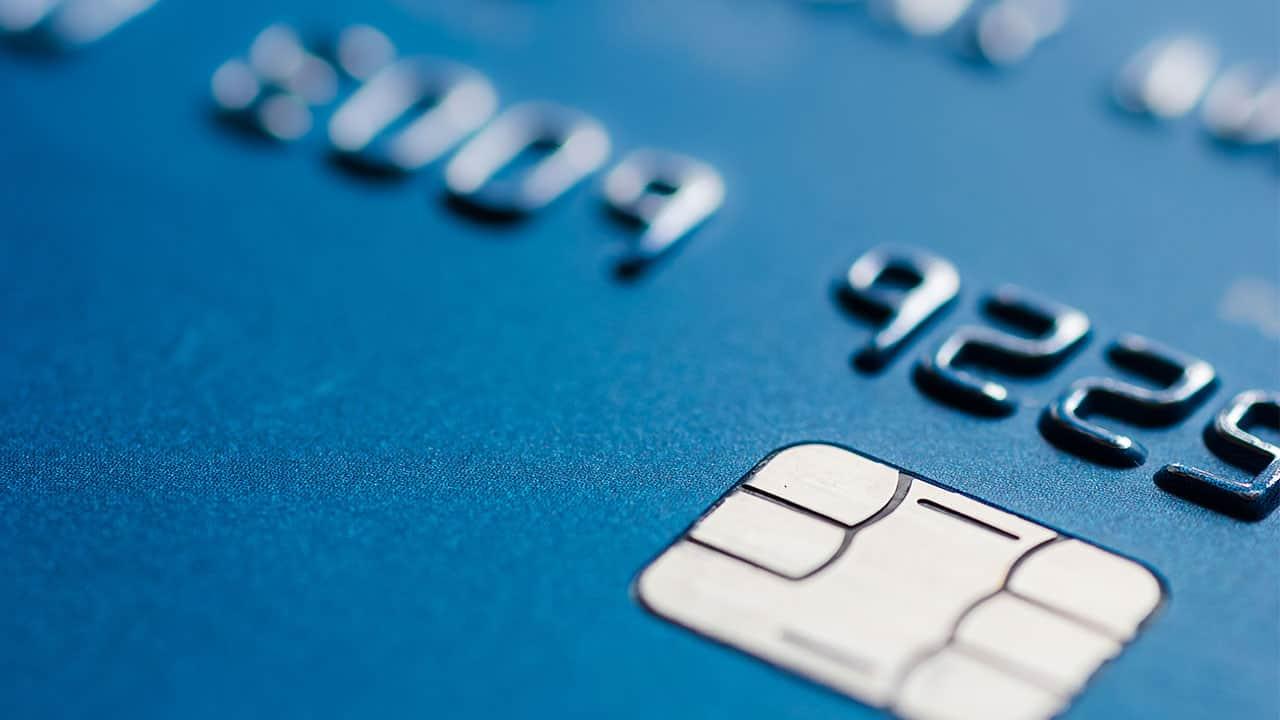Investors taking a look at purchasing into an organization have many different alternatives, however if you invest one company, you can't invest that exact same money in another. So the discount rate shows the obstacle rate for a financial investment to be worth it to you vs. another company. Following on point number 3, the discount rate for worth investors is your preferred rate of go back to be made up for the threat. The part that journeys up lots of people is this: "While discount rate rates certainly matter in DCF evaluation, they don't matter as much as the majority of experts think they do." Aswath Damodaran Since if you actively think about how you use discount rates daily, you will discover that you utilize them like a yardstick for your rate of return.
That something is a rate of return. No one and no company provides or invests money without weighing what the returns will be or comparing it versus some other kind of financial investment return. Banks lend money to people at various interest rates depending on the monetary danger profile. I buy the stock exchange happy to handle more danger than a savings account or a guaranteed treasury bond, for a rate of return exceeding both. The worth of any stock, bond or organization today is figured out by the cash inflows and outflows discounted at an appropriate rate of interest that can be anticipated to happen throughout the staying life of the asset.
This is a lot of talk on, so let's make it more useful. To see how discount rate rates work, determine the future worth of a company by anticipating its future cash generation and then adding the overall amount of the money produced throughout the life of business. This requires you to compute a growth rate and then apply it to the company's free money flow. To highlight, let's presume a business's fiscal filing exposed $100 in totally free money this year. With a growth rate of 10%, the business will have the ability to produce $110 in complimentary money next year and $121 the year after and so on for the next 10 years.
1 $110 2 $121 3 $133 4 $146 5 $161 6 $177 7 $195 8 $214 9 $236 10 $259 $1,753 But the sum of https://diigo.com/0l3cak $1,753 over 10 years is unworthy $1,753 today - What was the reconstruction finance corporation. If you had the option of receiving a total amount of $1,753 spread out over 10 years or $1,753 in one swelling amount today, which would you select? The single up-front payment, of course. Prior to I describe why, let me show you: 1 $110. 91 $100 2 $121. 83 $100 3 $133. 75 $100 4 $146. 68 $100 5 $161. 62 $100 6 $177.

51 $100 8 $214. 47 $100 9 $236. 42 $100 10 $259. 39 $100 $1,753 $1000 Getting $1,753 paid over ten years deserves the like having $1,000 today (assuming your individual discount rate is 10%). Does that make sense? Another way to put it is, if I provide you $1000 today, I anticipate to be paid $110 in one year, $121 in 2 years, and so on for ten years, to meet my internal necessary rate of return of 10%. That's because of the time value of cash. You know intuitively that a dollar today deserves more than a dollar a year from now.
The Only Guide for Given A Mortgage Of $48,000 For 15 Years With A Rate Of 11%, What Are The Total Finance Charges?

02 in a year for it to just have the exact same purchasing power (2% inflation rate). But nobody desires to just have the very same quantity of cash next year you desire to make a return on it! If you invested in the stock exchange, you might turn that $1 into $1. 10 or $1. 30. A dollar next year is no great to you, because you've lost out on a year of releasing it to make extra returns. This is the opportunity cost of your capital. The last reason a dollar in the future deserves less than one today is since a dollar in your hand now is ensured, however a future payment always has some uncertainty. How to finance a private car sale.
30 in the stock exchange, it could turn into $0. 80 in a bad year. That threat also requires to be built into your required hurdle rate of return. The point is, you need to mark down the future money circulations of business you're buying, because money in the future deserves less than cash today. And the discount rate you choose ought to be based on the rate of return you require for your investment, which is generally a function of both the uncertainty of the financial investment and what else you can purchase. In case you're questioning how to calculate the discount rate consider the above table, well, it's carefully associated to computing the growth rate at duration t.
If you wish to compute your own reduced capital, you'll need this (What credit score is needed to finance a car). However you do not in fact wesley financial group scam need this for figuring out what your individual financier discount rate need to be. As a daily financier, you do not need to utilize intricate inputs and models. I confess my technique is far from ideal. However it improves each year as I continue to improve my technique. Prof Damodaran provides amazing ideas and has actually composed a excellent piece on corresponding. Consistency: a DCF very first concept is that your capital have to be defined in the very same terms and unit as your discount rate.
An affordable money flow evaluation Go to this website requires presumptions about all 3 variables but for it to be defensible, the presumptions that you make about these variables have to follow each other. an excellent appraisal links story to numbers. A great DCF valuation has to follow the same concepts and the numbers need to be constant with the story that you are outlining a company's future and the story that you are telling has to be plausible, provided the macroeconomic environment you are forecasting, the market or markets that the company runs in and the competitors it faces. Not as basic as it looks, however not as hard as it seems.
Probably you will use FCF as the money flow. It is the most typical worth you'll stumble upon and one that is easy for worth financiers. FCF is post-tax and not changed for inflation (real, not nominal worth). For that reason, the discount rate ought to also be thought about post-tax. E.g., if you like to use 10% returns in your computations, you are most likely thinking about a 10% pre-tax return. If you do want a 10% return post-tax, then your pre-tax discount rate is most likely 11. 5 to 13%. However once again, if your pre-tax preferred rate of return is 10%, then your post-tax discount rate ought to be 7 to 8.